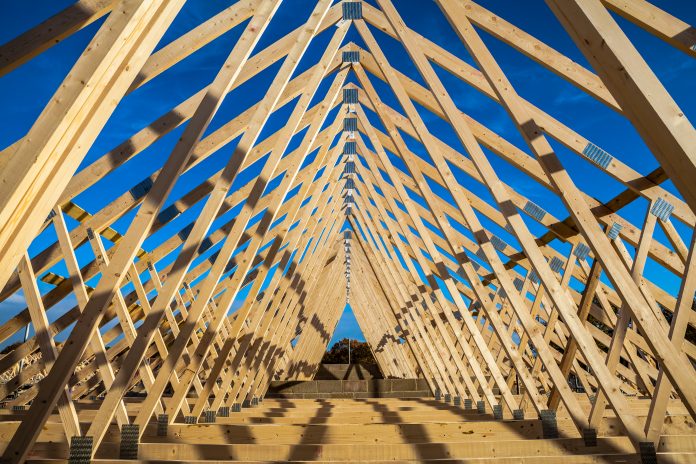The final construction PMIs for 2022 recorded a fall in business activity during December, ending a three-month sequence of growth with the fastest rate of decline since May 2020
The December PMIs registered below the 50.0 mark to signal the first contraction in construction sector output since last August(48.8).
Although commercial construction activity continued to rise in the final month of the year, the rate of contraction eased to the slowest in the current four-month sequence and was
only fractional overall (index at 50.3).
Contractions in the residential and civil engineering sectors cancelled out the uplift in the commercial sector in December.
Housing activity declined for the first time since last July and only marginally (48.0), while civil engineering recorded a sixth consecutive monthly contraction in output (46.8) and the rate of decline remained sharp overall.
Weak clinet demand and changing business conditions were blamed for output and a decrease in new orders
Survey respondents said that higher prices were behind the reduction in new orders.
Confidence amongst constructors dropped into negative territory for the first time since the beginning of the pandemic, and for only the sixth time on record.
This was attributed to a forecasted recession and inflationary pressures compromising already low demand conditions.
The December PMIs noted that pessimism was “marginal”, but data pointed to the first fall in employment since January 2021. Weak sales meant vacancies were often not being filled, according to panellists.
Purchasing, lead times and prices all mirrored the grim outlook
Average lead times for inputs lengthened to a greater degree nonetheless, with delays the most severe since last June. Shortages and shipping issues were cited as the cause.
Rates charged by subcontractors also rose in December, but at a slightly reduced pace.
Costs faced by construction companies continued to increase during the final month of the year, linked by respondents to energy, material, fuel and import costs.
Elsewhere, firms pared back on their purchasing for first time in three months in December, reportedly due to lower workloads. Notably, the rate of reduction was the steepest for over two-and-a-half years.
Industry responses to the December PMIs
Fraser Johns, Beard finance director said: “While many within the industry would have been encouraged by the past few months of marginal growth in activity, news of a poor December and end to the year will come as no surprise given the deluge of challenges the sector is facing.
“The higher cost to borrow, tighter access to credit and wider inflationary pressures have had a major impact on client confidence. Contractors, who have seen higher material costs erode margins are now seeing the market for new work tighten, making tenders more competitive. While those with strong balance sheets may be able to stomach that, those already at risk face a difficult 12 months ahead.
“A rise in commercial construction activity – albeit only marginally, is certainly a positive to take from a challenging month. However, it may not be enough to rescue the general optimism of the sector, especially as civil engineering and residential construction stumbled. While resilience may be tested, the mantra has to be to “control what we can control” moving forward, working closely with developers, clients and stakeholders.”
CEO of Alliance Fund, Iain Crawford, commented:
“Although the construction sector has continued to produce a fairly robust level of activity in recent months, the economic complications that we faced for much of 2022 have finally taken their toll with a notable reduction in output recorded in December.
Of course, it’s important to note that there is almost certainly a seasonal influence at play here too and with many having already implemented contingency plans in anticipation, we should see a more stable outlook emerge in the coming months.”
Jason Ferrando, CEO of easyMoney commented:
“While we can’t ignore the wider economic landscape and the resulting pressures placed on the construction industry, the challenges currently facing the sector haven’t come as a surprise.
The reality is that we’ve been anticipating a tightening economic picture for the last 12 months and have prepared accordingly to ensure that any period of heightened uncertainty is as short lived as possible.
What’s more, we’re already in a better position than we were some six months ago, with the cost of fuel and materials falling. As a result, we’re already seeing a greater commitment from many developers who have sat tight over much of the last year, but now believe the worst is behind us.”














